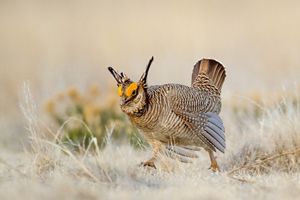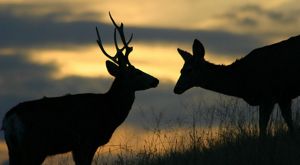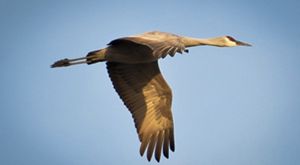Description
The 10,086-acre Sandhills Ranch is one of the largest properties along the Arkansas River in eastern Kansas. Located in Edwards, Ford and Kiowa counties, it's in the heart of the Great Bend Sand Prairie, where much of the original habitat has been converted, and what remains is not well protected.
Here, undulating sand dunes are stabilized by an extensive root network of native grasses and wildflowers. The vegetation provides important habitat for shrub-loving birds, like bobwhite quail, lesser prairie-chicken and Bell's vireo.
In addition to wide-open stretches of prairie, this property contains interdunal wetlands, where rainwater remains at the surface because of an underlying layer of impervious clay. These wetlands provide critical habitat for wildlife, including migratory birds such as sandhill and whooping cranes.











